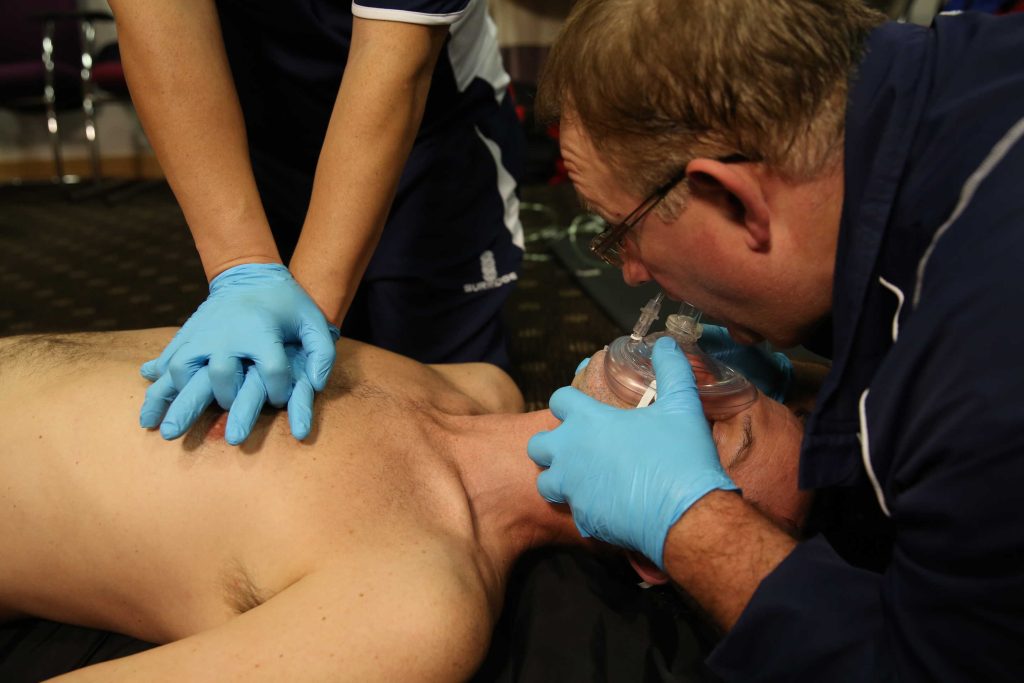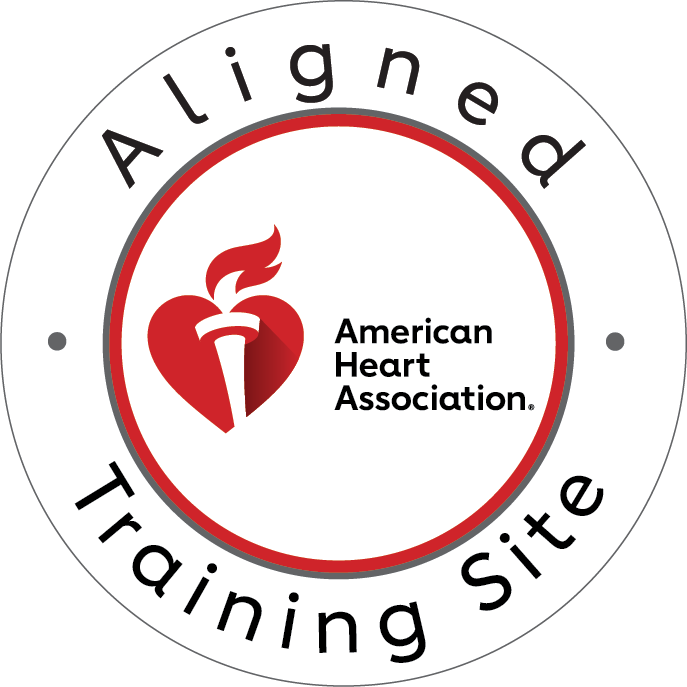In emergency situations where someone has stopped breathing, knowing how to deliver rescue breaths effectively can make the difference between life and death. A pocket mask is an essential tool that can help you provide safer, more effective rescue breathing during CPR. This comprehensive guide will walk you through everything you need to know about pocket masks and how to use them properly.
What is a Pocket Mask?
A pocket mask (sometimes called a CPR mask or face shield) is a small, portable device designed to create a barrier between the rescuer and the victim during rescue breathing. These compact devices typically consist of a transparent plastic face piece with a one-way valve that allows your breath to enter the victim’s lungs while preventing the victim’s exhaled air and bodily fluids from reaching you.
Key Benefits of Using a Pocket Mask
Pocket masks offer several important advantages that make them essential for both professional rescuers and lay responders:
- Infection Control: Creates a barrier against potentially infectious bodily fluids and respiratory diseases
- Improved Ventilation: Allows for more effective delivery of rescue breaths compared to mouth-to-mouth resuscitation
- Reduced Hesitation: Many rescuers feel more comfortable performing rescue breathing with a barrier device
- Portability: Most pocket masks fold compactly to fit in a pocket, purse, or first aid kit
- Versatility: Available in different sizes for adults, children, and infants
As part of your emergency preparedness, a pocket mask is an invaluable tool that complements your CPR training and increases your readiness to respond effectively in cardiac arrest situations.
Essential Steps to Use a Pocket Mask Properly
Using a pocket mask correctly requires following a specific sequence of actions to ensure both effective ventilation and safety for all involved. Here’s a detailed breakdown of the proper technique:
1. Assess the Situation and Ensure Safety
Before approaching any emergency:
- Check the scene for safety hazards
- Put on personal protective equipment if available (gloves, etc.)
- Determine if the person is unresponsive and not breathing normally
- Call for emergency medical services (911) or have someone else do so
- Begin CPR if appropriate, incorporating the pocket mask for rescue breaths
2. Prepare the Pocket Mask
When it’s time to provide rescue breathing:
- Remove the pocket mask from its case or packaging
- Unfold or assemble the mask according to its design
- Position yourself properly relative to the victim (more on this below)
- Hold the mask firmly in your hands, with the narrow part positioned toward the victim’s chin
3. Position the Pocket Mask Correctly
Proper positioning is crucial for creating an effective seal:
- Place the mask over the victim’s face so that it covers both the mouth and nose
- The narrow portion should be at the bridge of the nose, with the wider portion covering the mouth and extending to the chin
- Ensure the one-way valve (if present) is properly attached and positioned
4. Create an Effective Seal
The recommended technique for holding a pocket mask involves creating what’s called the “C-E” grip:
- Position your thumb and index finger of one hand in a “C” shape on top of the mask, pressing down firmly on the narrow (nasal) portion
- Use your remaining fingers to form an “E” shape along the victim’s jawline, lifting slightly to open the airway
- Your other hand should be placed on the victim’s forehead to tilt the head back (unless contraindicated by suspected spinal injury)
- Apply firm, downward pressure to create an airtight seal between the mask and the victim’s face
5. Deliver Rescue Breaths
With the mask properly sealed:
- Maintain the head-tilt, chin-lift position to keep the airway open
- Take a normal breath (not an excessively deep one)
- Place your mouth over the one-way valve or mouthpiece
- Deliver a rescue breath by exhaling steadily for about 1 second
- Watch for the victim’s chest to rise, which indicates successful ventilation
- Remove your mouth from the valve (but maintain the mask seal) to allow for passive exhalation
- Deliver a second rescue breath following the same procedure
6. Continue CPR as Needed
After delivering the initial rescue breaths:
- For adult CPR, follow the standard 30:2 ratio (30 chest compressions followed by 2 rescue breaths)
- For child or infant CPR, healthcare providers typically use a 15:2 ratio
- Continue this cycle until emergency medical services arrive, the victim shows signs of life, or you become too exhausted to continue
Recommended Technique to Hold a Pocket Mask
The way you hold the pocket mask significantly impacts its effectiveness. Let’s explore the recommended technique in greater detail:
The “C-E” Grip Explained
This technique, taught in professional CPR courses, optimizes both the seal quality and airway management:
- The “C” Component:
- Form a “C” shape with your thumb and index finger
- Place this “C” firmly across the top (nasal bridge area) of the mask
- Apply downward pressure to create a tight seal at the top of the mask
- The “E” Component:
- Your remaining three fingers (middle, ring, and pinky) form an “E” shape
- Position these fingers along the bony part of the jaw (not the soft tissue under the chin)
- Use these fingers to lift the jaw slightly upward, which opens the airway
- The Supporting Hand:
- Your opposite hand should be placed on the victim’s forehead
- This hand performs the head-tilt maneuver to further open the airway
- In a two-rescuer scenario, the second rescuer can focus entirely on chest compressions
Common Mistakes to Avoid When Holding a Pocket Mask
Even experienced rescuers can struggle with mask technique. Here are pitfalls to avoid:
- Inadequate Pressure: Not pressing firmly enough to create a proper seal
- Improper Finger Placement: Placing fingers on soft tissues instead of bony structures
- Forgetting the Head-Tilt: Failing to properly position the head to open the airway
- Blocking the Valve: Accidentally covering or obstructing the one-way valve
- Inadequate Jaw Lift: Not lifting the jaw sufficiently to clear the tongue from the airway
With regular practice, the proper mask-holding technique becomes second nature, allowing you to focus on the overall CPR process.
Where to Stand When Using a Pocket Mask
Your position relative to the victim is another crucial factor in effective pocket mask use. The recommended positioning varies depending on whether you’re performing CPR alone or with a partner.
For Single-Rescuer CPR
When you’re the only rescuer available:
- Position yourself at the victim’s side, typically their right side if you’re right-handed
- Kneel with your knees roughly at the level of the victim’s shoulders
- This position allows you to transition efficiently between chest compressions and rescue breaths
- You should be able to move from compressions to the head without having to reposition your entire body
For Two-Rescuer CPR
With a second rescuer available:
- The rescuer providing breaths should position themselves above the victim’s head
- Kneel with your knees behind the victim’s head, facing toward their feet
- This position allows for optimal control of the mask and airway
- The second rescuer should be at the victim’s side, focusing solely on delivering high-quality chest compressions
Adapting to Environmental Challenges
Sometimes, the ideal position isn’t possible due to environmental constraints:
- In confined spaces, you may need to adapt your position while still maintaining proper technique
- When the victim is in an unusual position (such as in a vehicle), stabilize their head first before attempting rescue breathing
- Always prioritize your safety when positioning yourself around a victim
Proper positioning enhances your ability to maintain an effective seal and deliver quality ventilation while minimizing fatigue during prolonged resuscitation efforts.
The Right Way to Use a Face Mask vs. a Pocket Mask
It’s important to distinguish between different types of masks used in emergency and healthcare settings, as their purposes and proper use differ significantly.
Pocket Masks for CPR
As we’ve discussed, pocket masks are specifically designed for rescue breathing during CPR:
- They feature a one-way valve system
- They’re designed to create a tight seal against the face
- They allow the rescuer to deliver measured rescue breaths
- They’re specifically intended for emergency resuscitation
Medical Face Masks
In contrast, medical face masks (surgical masks) serve a different purpose:
- They’re designed to prevent the spread of respiratory droplets
- They protect others from the wearer’s respiratory emissions
- They provide limited protection to the wearer from external contaminants
- They’re not designed for rescue breathing and should never be used for CPR
N95 and Other Respirators
Respirator masks like N95s have their distinct uses:
- They filter airborne particles to protect the wearer
- They require proper fit testing to be effective
- They’re primarily used in healthcare and industrial settings
- They’re not designed for rescue breathing and should not be used for CPR
Understanding these distinctions is crucial for proper emergency response and infection control. When preparing for emergencies, be sure to include a proper CPR pocket mask in your kit rather than relying on other types of masks that aren’t designed for resuscitation.
Special Considerations for Different Age Groups
The pocket mask technique requires some modifications when used on different age groups. Understanding these differences can help you provide more effective care.
For Adults
When using a pocket mask on an adult victim:
- Use a standard adult-sized pocket mask
- Deliver normal breaths (not excessive force)
- Watch for normal chest rise with each ventilation
- Follow the standard 30:2 compression-to-ventilation ratio
- Use the full “C-E” grip technique as described earlier
For Children (1-8 Years)
When assisting a child:
- Use a pediatric-sized mask if available, or a standard mask positioned carefully
- Deliver gentler breaths appropriate to the child’s size
- Watch carefully for chest rise to avoid overinflation
- Healthcare providers typically use a 15:2 compression-to-ventilation ratio
- The head-tilt should be less extreme than for adults (neutral position)
For Infants (Under 1 Year)
For infant victims:
- Use an infant-specific pocket mask if available
- Position the mask to cover both the mouth and nose
- Deliver small puffs of air (only enough to cause visible chest rise)
- Maintain a neutral or slightly sniffing position of the head
- Use minimal force when creating a seal to avoid causing injury
Always adapt your technique to the victim’s size and age while maintaining the fundamental principles of good pocket mask use.
Maintaining and Storing Your Pocket Mask
A pocket mask is only effective if it’s properly maintained and readily accessible when needed. Follow these guidelines to ensure your mask remains in optimal condition:
Cleaning and Disinfection
After each use:
- Disassemble the mask according to the manufacturer’s instructions
- Clean all components with mild soap and warm water
- Disinfect using a solution approved for medical devices (following manufacturer guidelines)
- Rinse thoroughly to remove all cleaning agents
- Allow to air dry completely before reassembly and storage
Regular Inspection
Periodically check your pocket mask for:
- Cracks or tears in the face piece
- Damage to the one-way valve
- Expiration dates (some components may degrade over time)
- Proper functioning of all parts
- Complete assembly with no missing components
Strategic Storage
Store your pocket mask:
- In its protective case to prevent damage
- In an easily accessible location (first aid kit, purse, glove compartment)
- Away from extreme temperatures that could damage the materials
- With any quick-reference instructions provided by the manufacturer
- In multiple locations, if you have several masks (home, car, workplace)
By properly maintaining your pocket mask, you ensure it will perform reliably when needed most, during a life-threatening emergency.
Training and Certification: The Key to Confidence
While understanding the theory of pocket mask use is important, nothing replaces hands-on training under qualified instruction. Professional CPR training provides:
- Supervised practice with expert feedback
- Realistic scenarios to build confidence
- Up-to-date techniques aligned with current guidelines
- Certification recognized by employers and organizations
- Regular refreshers to maintain skills (typically every 2 years)
The Importance of Regular Practice
Even with formal training, CPR skills deteriorate over time without practice:
- Consider monthly self-practice sessions using a CPR manikin
- Review the pocket mask technique regularly
- Take advantage of refresher courses before your certification expires
- Stay updated on guideline changes through reliable sources
Conclusion: Be Prepared to Save a Life
Mastering the proper use of a pocket mask is a valuable skill that could one day help you save someone’s life. By understanding the correct techniques, practicing regularly, and maintaining your equipment, you’ll be better prepared to act decisively in an emergency.
Remember that effective CPR, combining chest compressions with rescue breathing using a pocket mask, gives cardiac arrest victims the best chance of survival until professional help arrives. Your willingness to learn these skills and act when needed makes our communities safer for everyone.
Take Action Today
Don’t wait for an emergency to wish you had the right training and equipment. If you’re in the Memphis area and want to gain confidence in using pocket masks and performing CPR:
Get certified through CPR Memphis – an American Heart Association training site offering initial certifications and renewal in BLS for Healthcare Providers, ACLS, PALS, and CPR and First Aid courses. All classes are stress-free and hands-on—the best CPR training in Memphis.





